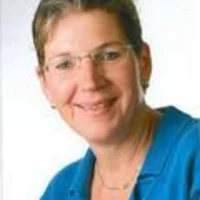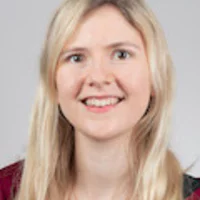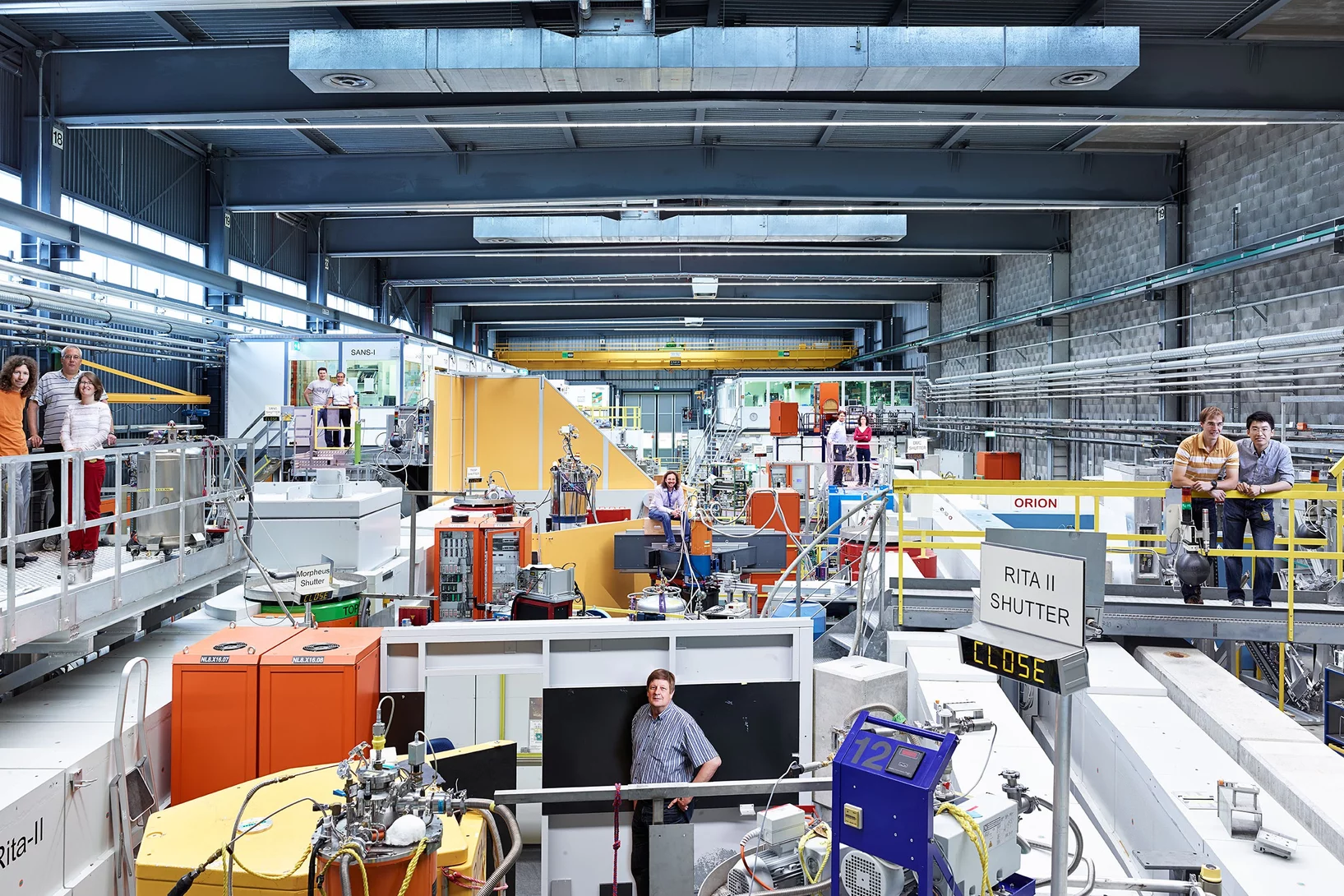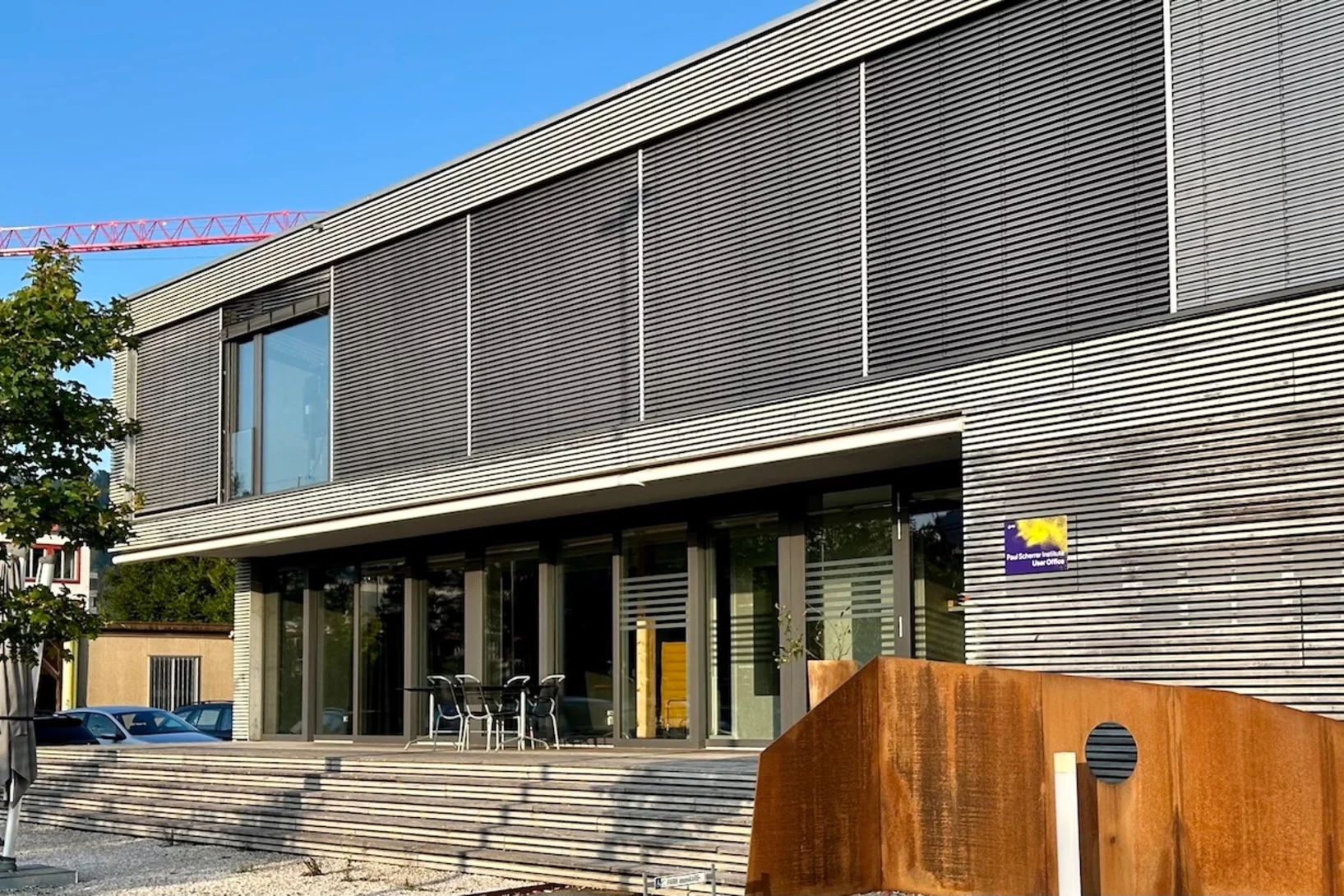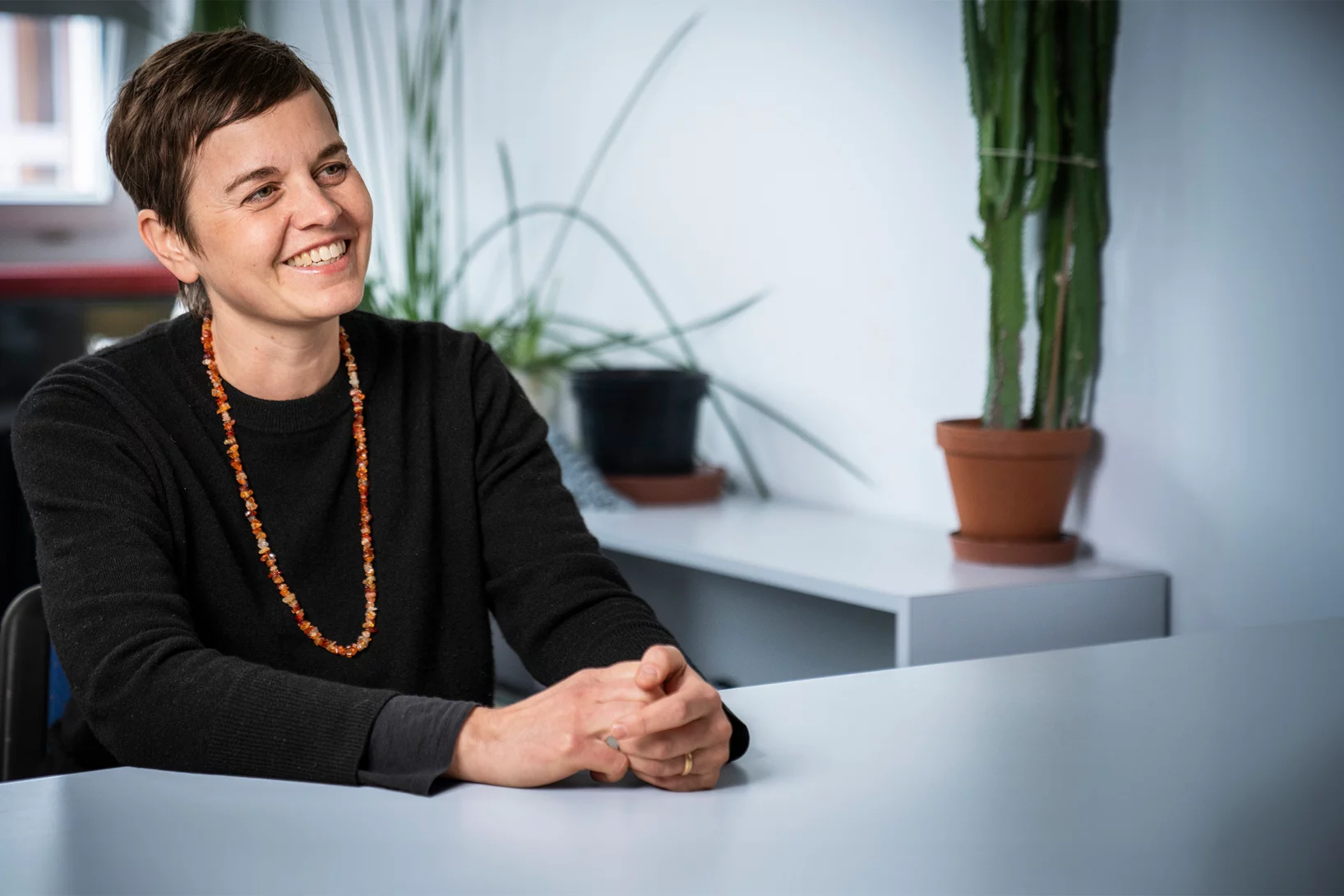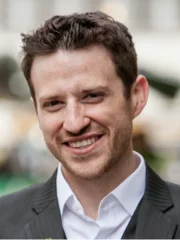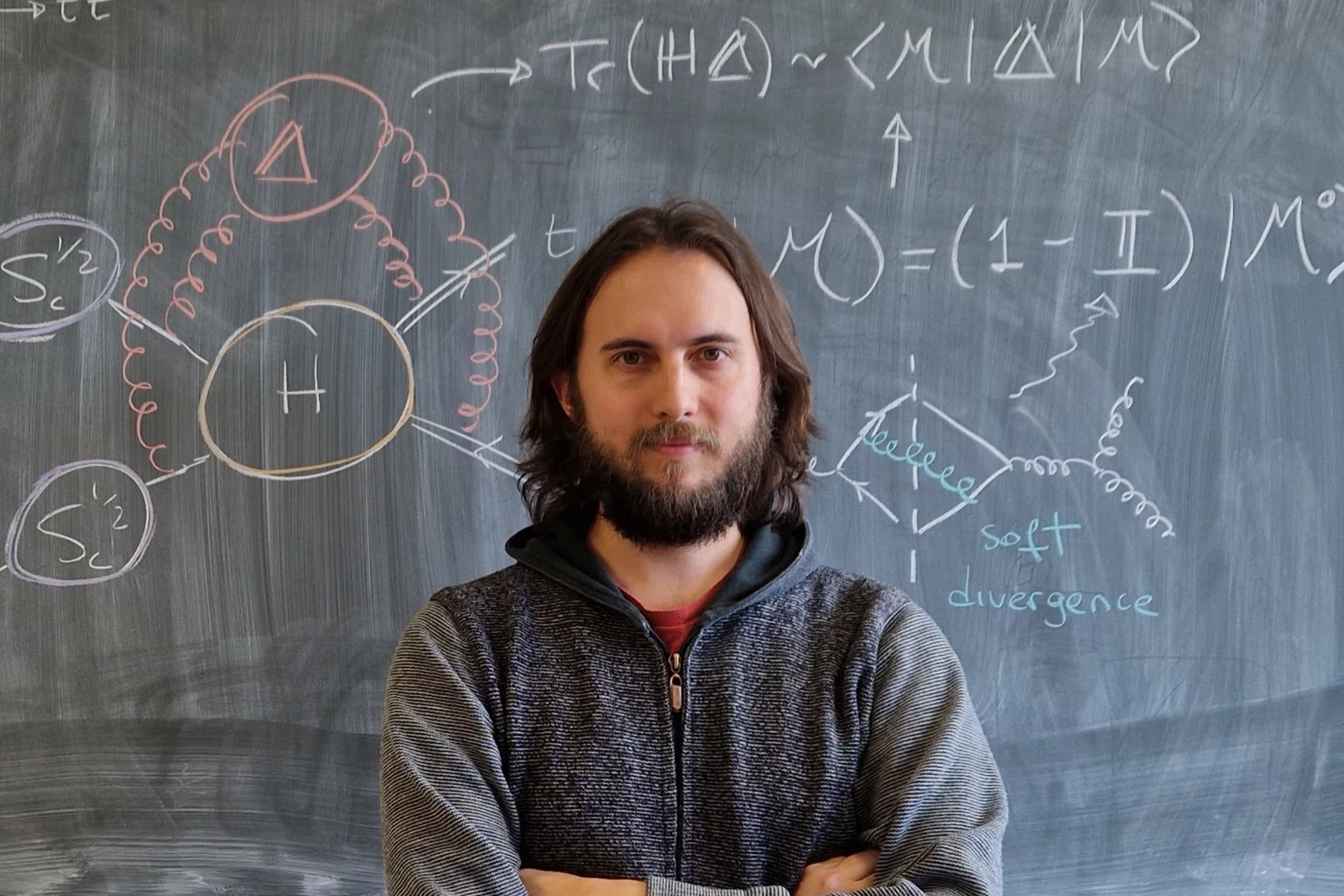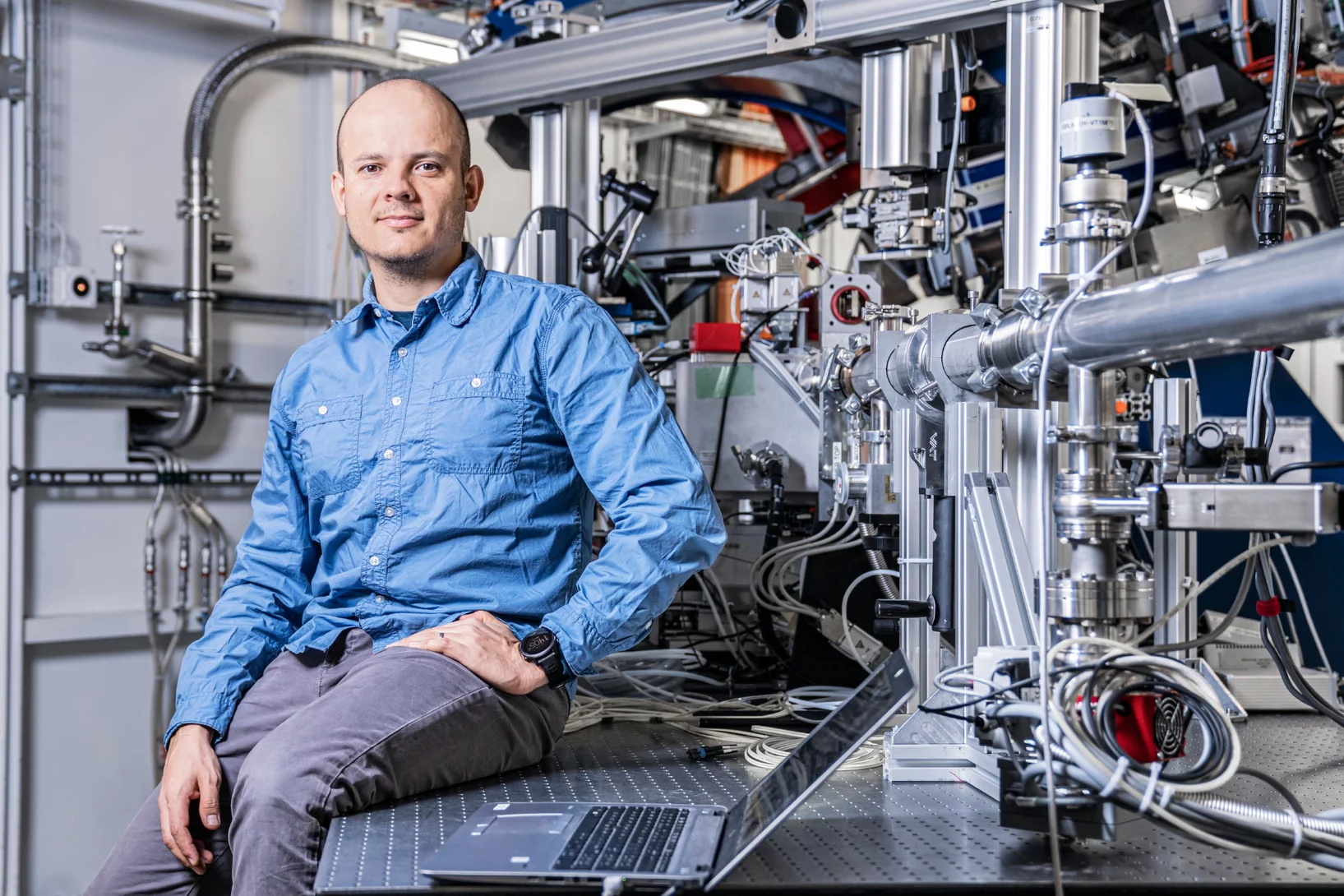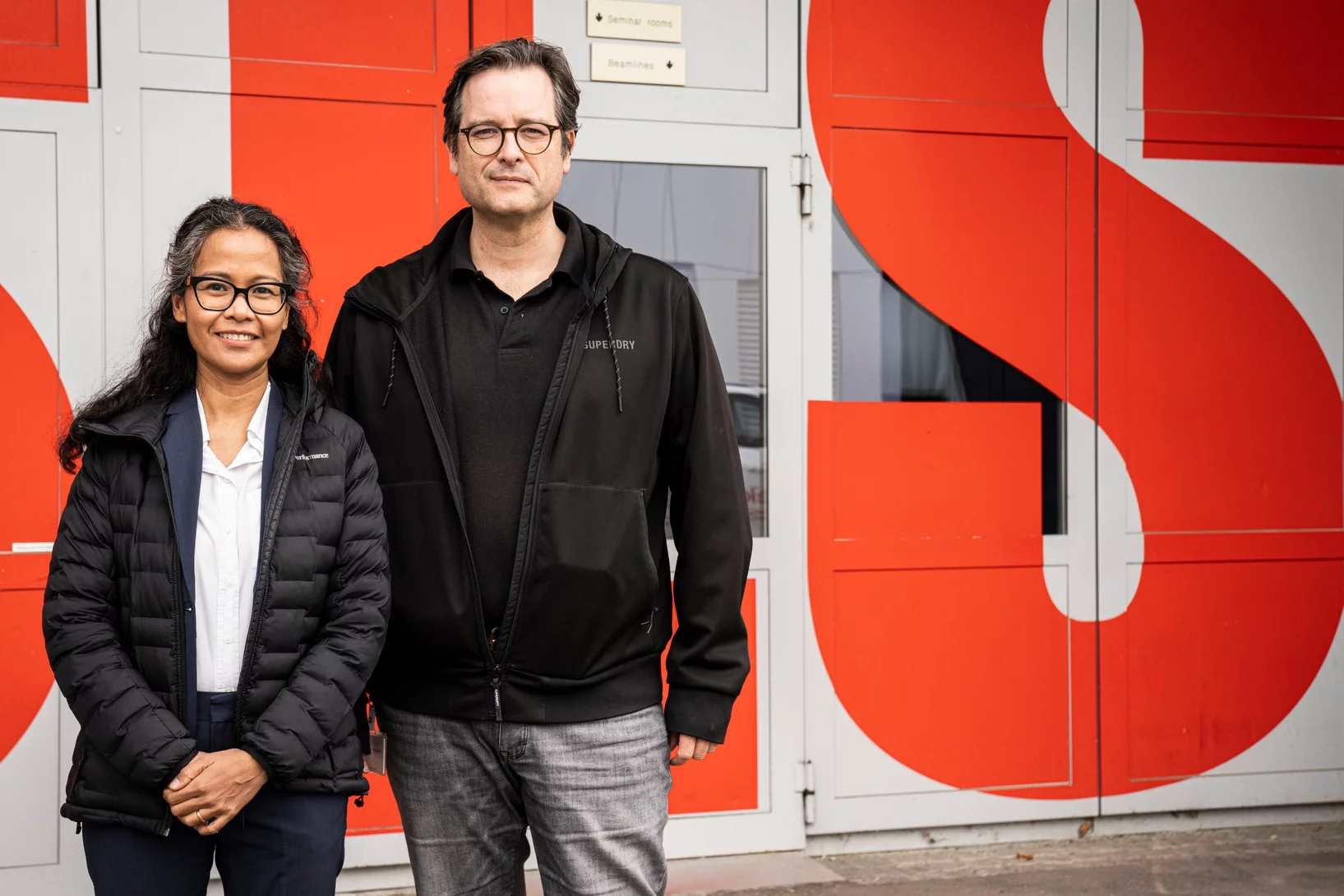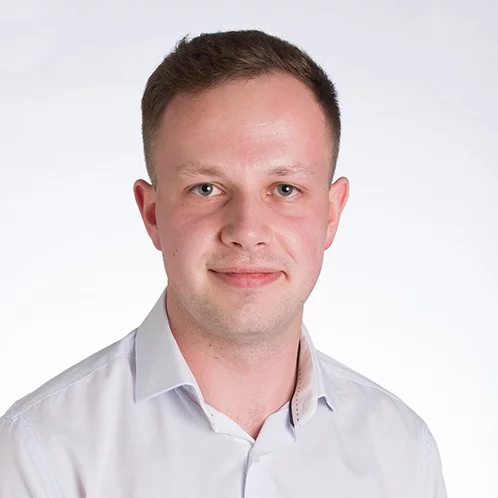Here you find current and previous news from the PSI Center for Neutron and Muon Sciences.
Show filters
SINQ call for proposals is open
The SINQ call I-26 is open now.
Dectris Prize: Congratulations to Andrej Maraffio
Congratulations to Andrej Maraffio for winning the Dectris Prize 2025!
SμS call for proposals I-26 is open
The call for SμS proposals I-26 (deadline 01 December 2025) is open now.
Second BRIDGE Workshop in Tokyo
The second BRIDGE workshop, “Bridging Research Innovations in Diverse muon and neutron science by GEneral collaboration between Japan and Switzerland”, took place at the University of Tokyo on October 20-22, 2025
The Charpak-Ritz Prize 2026 is awarded to Laura Heyderman
Since 2016, the Charpak-Ritz Prize has been jointly awarded by the French Physical Society and the Swiss Physical Society to a physicist or a team for outstanding contributions to physics or its advancement.
Uwe Filges appointed new head of LIN Laboratory
Uwe Filges has been appointed new Head of the Laboratory for Neutron and Muon Instrumentation LIN as of 1 November 2025.
Marc Janoschek named as Fellow of the American Physical Society
The American Physical Society has elected Marc Janoschek, physicist, head of the PSI Center for Neutron and Muon Sciences and Professor at the University of Zurich, to Fellowship in the Society.
2025 CHIPP Postdoc Prize for Efrain P. Segarra
The LTP/CNM physicist Efrain P. Segarra has been awarded the 2025 CHIPP Postdoc Prize!
PSI electronics apprentices once again perform very successfully at the SwissSkills Championships 2025
At the biennial SwissSkills Championships for young professionals, which took place in Bern from 17 to 21 September 2025, four of our former and current electronics apprentices demonstrated their exceptionally strong skills with great success in two different competition categories.
PSI2025 Workshop on the ‘Physics of fundamental Symmetries and Interactions’
From September 7-12, 2025, more than 170 participants from 20 countries met for the PSI2025 workshop, the 7th edition in the series.
Retirement of Christof Niedermayer
On 30th July 2025, Christof Niedermayer retired after nearly 40 years working in science and good part of it at the Laboratory for Neutron Scattering & Imaging.
WOPM2025 at PSI - Workshop on optically-pumped magnetometers
From August 6 to 8, the 2025 workshop on 'Optically-Pumped Magnetometers' took place at PSI with a full day of Summer School lectures, followed by scientific sessions attended by 145 researchers from institutions worldwide.
E-MRS 2025 Spring Meeting Young Researcher Award for Mohammadhossein Montazerian
During its recent spring meeting the European Materials Research Society has awarded the E-MRS Young Researcher Award to Mohammadhossein Montazerian from the LMX laboratory in recognition of his "Outstanding contribution to the Symposium L: Solid state batteries - materials, processing and advanced characterization".
New standards in nuclear physics
With unprecedented precision: PSI researchers measure the nuclear radius of muonic helium-3 and put the theories of atomic physics to the test.
Prof. Dr. Marc Janoschek appointed new Head of the PSI Center for Neutron and Muon Sciences (CNM)
Prof. Dr. Marc Janoschek will take over as Head of the PSI Center for Neutron and Muon Sciences (CNM) on 1 June 2025.
A tiny golden object from Roman times
PSI’s David Mannes has used neutrons to unravel the mystery of a fascinating archaeological artefact.
In Search of New Physics: New Result from the MEG II Collaboration
On the occasion of a special seminar at the Paul Scherrer Institut (PSI) in Switzerland on 23 April 2025 the scientific collaboration of the MEG II experiment presented an important new result in the search for the decay of a positive muon into a positron and a photon. The findings, based on data collected in 2021 and 2022, are detailed in a paper published on arXiv and submitted to the journal Physical Review Letters.
New Website of the Swiss Neutron Science Society
Please check out the new online presence of the Swiss Neutron Science Society (SNSS)
IMPACT: Upgrade at PSI research facility approved
Financing for renovations to PSI’s proton accelerator facility has been approved by the Swiss Parliament.
IMPACT for Swiss society
World leader in muons and in production of medical radionuclides: The far-reaching significance of the planned upgrade.
Soldering on a big stage
Whoever makes it onto the podium here is one of the world's best professional talents: PSI electronics engineer Melvin Deubelbeiss won the silver medal at WorldSkills 2024.
Magnetism in thin layers: One electron makes the difference
An important step towards novel computer memory
The Zuoz school’s 26th edition
26th Zuoz Summer School on particle physics took place at the Lyceum Alpinum with close to 100 participants.
New location of PSI User Office
You will find us easily at our new location in building WBBC at the front area of the PSI West parking lot.
A plan for the world’s biggest machine
Interview with Lea Caminada, head of the High Energy Particle Physics Group at PSI, about the next potential large project at CERN.
13th Erwin Felix Lewy Bertaut Prize to Daniel Mazzone
The laureate of the thirtheenth Erwin Félix Lewy Bertaut Prize is Dr. Daniel Mazzone from the Laboratory for Neutron Scattering and Imaging (LNS), NUM division. Daniel receives the prize for his outstanding contributions in the field of quantum effects in strongly correlated electron materials, employing cutting-edge X-ray and neutron scattering techniques.
2024 Guido Altarelli Award to Javier Mazzitelli
The Guido Altarelli Award honours the memory of the late Guido Altarelli, one of the founding fathers of QCD, an outstanding communicator of particle physics, and a mentor and strong supporter of Junior Scientists.
Javier Mazzitelli has been awarded the 2024 Guido Altarelli Award in acknowledgement of his distinguished contributions to the field of particle physics. The Guido Altarelli Award is awarded every year to junior scientists for outstanding scientific contributions to the fields covered by the DIS Conference series.
Making powerful lithium-air batteries suitable for everyday use
Chemical processes in lithium-air batteries revealed using neutron beams and synchrotron light.
Cause of clogged hypodermic needles discovered
Researchers at PSI and the ANAXAM technology transfer center have found the cause of clogging in prefilled syringes.
Unveiling the Power of Flexoelectricity: A Breakthrough Research Project by Ambizione Awardee, Nikita Shepelin
The search for sustainable energy solutions is of utmost priority in modern society. Overcoming the challenges of energy conversion and storage is critical to reducing dependence on fossil fuels and harnessing renewable sources. Dielectric materials hold great promise for meeting these challenges, but current limitations prevent their widespread use.

